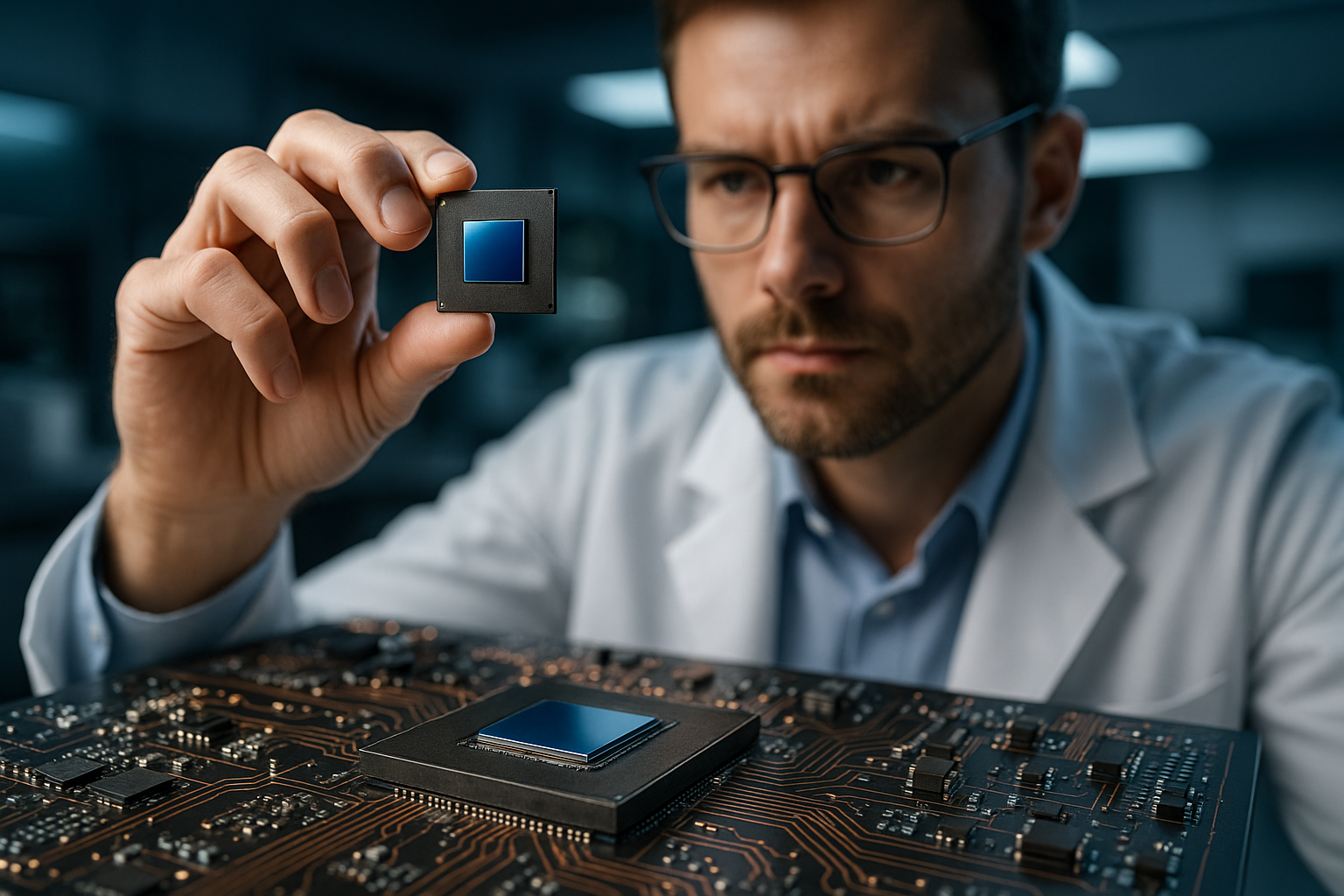Decoding the Potential of Gallium Nitride in the Electronics Industry
Introduction: There's a new player in the world of electronics that's challenging the long-standing dominance of silicon: Gallium Nitride. This article takes a deep dive into the rise of this intriguing material, its potential implications for the tech industry, and how it promises to revolutionize our devices.

The Silicon Era and the Emergence of Gallium Nitride
For decades, silicon has been the bedrock of the electronics industry. From microchips to solar panels, its excellent semiconductor properties and abundant supply have made it the choice material for most electronic devices. However, the industry is now at a turning point. Gallium Nitride, abbreviated as GaN, is emerging as a ground-breaking material that could supersede silicon in many applications.
GaN: The Game Changer in Electronics
GaN-based devices can function at higher voltages and temperatures, with faster switching speeds and a better power density than their silicon counterparts. These capabilities make them ideal for power-hungry applications, from electric cars to data centers. Additionally, GaN chips are smaller in size, leading to more compact and efficient devices.
The Current State of GaN Technology
While GaN technology is not entirely new, it has gained significant traction in recent years. Major tech companies have begun integrating GaN into their devices, with Apple’s latest iPhone charger being a notable example. The market for GaN electronics is expected to grow exponentially in the coming years, with some estimates placing it at $2.6 billion by 2025.
The Price Implication and Market Impact
GaN-based devices are currently more expensive than silicon-based ones due to the high cost of GaN wafer production. However, as the technology matures and production scales up, prices are expected to drop. The shift to GaN could have a profound impact on the electronics industry, leading to more energy-efficient devices and potentially reducing global energy consumption.
The Future of Gallium Nitride
Gallium Nitride’s potential goes beyond just power electronics. Research is underway to utilize GaN in everything from light-emitting diodes (LEDs) to high-frequency radio wave devices. With its superior properties and growing industry interest, GaN could well be the material that powers the next generation of electronic devices.
To sum it up, the emergence of Gallium Nitride has the potential to significantly disrupt the electronics industry. As the world continues to demand smaller, faster, and more energy-efficient devices, GaN’s unique properties place it at the forefront of this technological evolution. While it may take some time for GaN to fully replace silicon, the journey towards this possible future has already begun.




